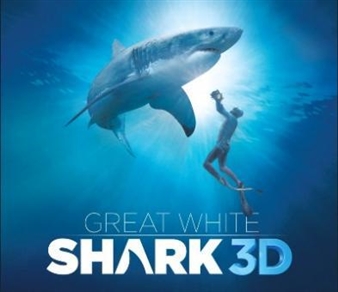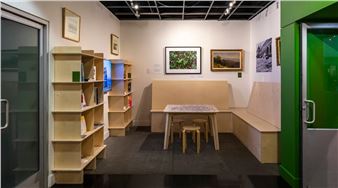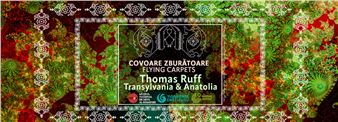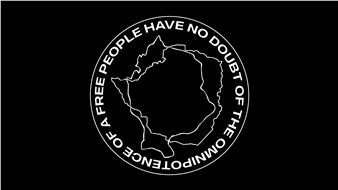Ecologies Of Repair
The last couple of years have generated a series of changes felt on a personal and societal level, activating a collective consciousness over the deep-rooted anthropogenic effects on our environments, socio-economic interdependencies, and the precarity of both human and nonhuman life forms. It also confronted us with the bitter truth that a state of crisis is not only transitory, but the perpetual condition of our socio-environments where ecological damage can be both predictable and inevitable. How do we ãstay with the troubleã amidst such paradoxes and inescapable power-structure entanglements? What can we learn from a situation of crisis and in relation to other-than-humans around us?
The process of formulating the current exhibition departed from following the advice and work of award-winning anthropologist Anna Tsing on ãthe art of noticingã in relation to the material world, which encourages us to discover that in certain cases, the intensification of human-induced damage is answered with the same intensity in the forms of resistance, remediation, and reorganization of life. A time of intense precarity is conducive to the emergence of new dispositions that through resilience and mutual care give rise to reparatory processes or transformations where the presence of other-than-humans (be it a rock, a plant, an animal), artifacts, or devices participating in reparatory actions become visible. The processes that we call reparatory can manifest themselves in different ways: as novel organizational arrangements, as forms of healing and care, new forms of inter-species or multi-species interaction, but also as expressions of artistic creation, participating in the ongoing process of (re)worlding through transgressing the limits of disciplines. How can artistic expression and practice open up new ways of unveiling ecologies of repair emerging from or within the human-nonhuman coexistence?
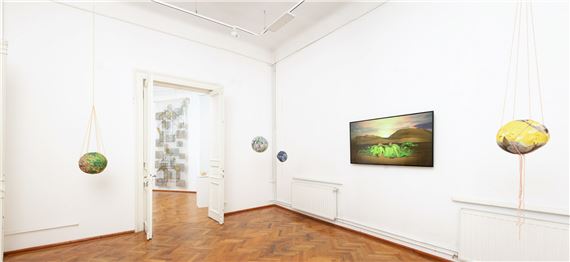
Recommended for you
The last couple of years have generated a series of changes felt on a personal and societal level, activating a collective consciousness over the deep-rooted anthropogenic effects on our environments, socio-economic interdependencies, and the precarity of both human and nonhuman life forms. It also confronted us with the bitter truth that a state of crisis is not only transitory, but the perpetual condition of our socio-environments where ecological damage can be both predictable and inevitable. How do we ãstay with the troubleã amidst such paradoxes and inescapable power-structure entanglements? What can we learn from a situation of crisis and in relation to other-than-humans around us?
The process of formulating the current exhibition departed from following the advice and work of award-winning anthropologist Anna Tsing on ãthe art of noticingã in relation to the material world, which encourages us to discover that in certain cases, the intensification of human-induced damage is answered with the same intensity in the forms of resistance, remediation, and reorganization of life. A time of intense precarity is conducive to the emergence of new dispositions that through resilience and mutual care give rise to reparatory processes or transformations where the presence of other-than-humans (be it a rock, a plant, an animal), artifacts, or devices participating in reparatory actions become visible. The processes that we call reparatory can manifest themselves in different ways: as novel organizational arrangements, as forms of healing and care, new forms of inter-species or multi-species interaction, but also as expressions of artistic creation, participating in the ongoing process of (re)worlding through transgressing the limits of disciplines. How can artistic expression and practice open up new ways of unveiling ecologies of repair emerging from or within the human-nonhuman coexistence?

 ARTISTS
ARTISTS









